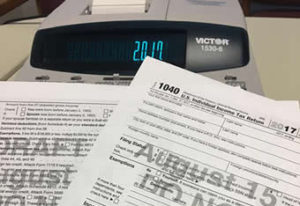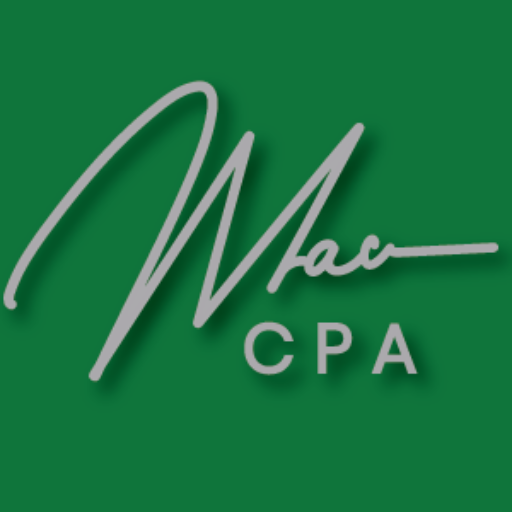 As we move later and later into the year, it is important to be thinking about tax planning and projections to help eliminate surprises come next April and potentially save some money at the same time. If you have free cash flow available, there are a few quick and easy ways to start minimizing your taxable income from 2017. With all options out there, be sure to consult with your CPA prior to any action to make sure the path is correct for you and your tax situation.
As we move later and later into the year, it is important to be thinking about tax planning and projections to help eliminate surprises come next April and potentially save some money at the same time. If you have free cash flow available, there are a few quick and easy ways to start minimizing your taxable income from 2017. With all options out there, be sure to consult with your CPA prior to any action to make sure the path is correct for you and your tax situation.
Health Savings Account (HSA)
With many of the high deductible health insurance plans out there today, majority of them are eligible for an HSA. An HSA is a special type of tax benefit account which allows a tax deduction for money contributed to the account. All money withdrawn from the account can come out tax free, principal and growth, as long as it is for a qualified medical expense. If your insurance plan is for single coverage only (just covers you) then your contribution limit for 2017 is $3,400. If your plan covers you and your family, then your contribution limit is $6,750. These contribution limits include all money added to your HSA by both you and your employer. You can also carryover the funds from year to year, so there is no “use it or lose it” rule. The deduction is considered an above the line deduction, meaning it reduces the total amount of taxable income.
Retirement Contributions (Traditional)
There are a few options out there for retirement contributions. The first one is the traditional IRA. There are a few stipulations out there, you must be under 70 ½, the most you can contribute is $5,500, unless you are over 50 and the limit jumps to $6,500. Similar to the previously discussed HSA, on the traditional IRA you are allowed a deduction on your taxes for money contributed. Also like the HSA, it is considered an above the line deduction, reducing your total amount of taxable income. Beware, if you pull out the funds prior to the age of 59 ½, there are penalties. It is best to discuss with your CPA prior to any withdrawals.
Retirement Contributions (Roth)
Another retirement option is the Roth IRA. The Roth’s special feature is that qualified withdrawals come out of the account tax free. Similar to the traditional IRA, the contribution limits are $5,500 unless you are 50 or older; they are $6,500. Unlike the traditional IRA, though, you do not receive a deduction on your taxable income for the contributions. The benefit you receive is through tax free withdrawals. This can be a powerful tax savings tool for retirement if done properly.
All an all, these are only a few of the options out there to help minimize your tax liability, keep your dollars for you rather than paying them to the government, and plan for the future. If you are ready to start tax planning reach out to us today to schedule a meeting to find the right solution for you.
Fitzpatrick, Johnson & Associates CPAs, is a full service accounting firm providing tax, financial statement, and bookkeeping services based in McMinnville, OR, southwest of Portland, OR.

